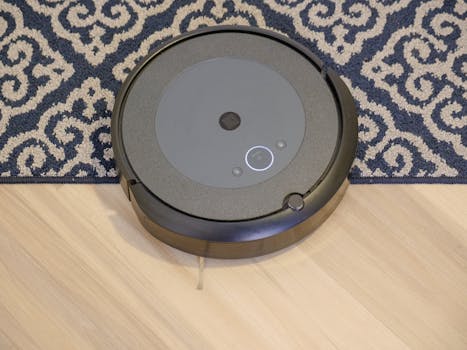Smart Homes and Smart Living: The Technological Transformation of European Homes by 2025
Introduction to Smart Homes and Smart Living

Smart Homes and Smart Living is revolutionizing the way we live, work, and interact with our living spaces. With the increasing demand for convenience, efficiency, and sustainability, the European home is undergoing a significant transformation, driven by advancements in technology and the rise of smart homes. By 2025, European homes are expected to be more connected, efficient, and sustainable than ever before.
The Current State of Smart Homes in Europe

The current state of smart homes in Europe is characterized by a growing adoption of smart devices and systems. According to a recent report, the European smart home market is expected to reach €23.4 billion by 2025, with a growth rate of 14.5% per annum. The report also highlights that the majority of European households are expected to have at least one smart device by 2025, with the average household having at least 5-7 smart devices.
Technological Advancements Driving the Transformation

Several technological advancements are driving the transformation of European homes, including the Internet of Things (IoT), Artificial Intelligence (AI), and 5G networks. These technologies are enabling the development of smart devices and systems that can learn, adapt, and interact with their environment, making homes more efficient, convenient, and sustainable.
Benefits of Smart Homes and Smart Living

The benefits of smart homes and smart living are numerous, including increased energy efficiency, enhanced convenience, and improved safety and security. Smart homes can also improve the overall quality of life, enabling residents to live more comfortably, sustainably, and independently. Additionally, smart homes can provide a range of benefits for the environment, including reduced energy consumption, lower greenhouse gas emissions, and improved waste management.
Examples of Smart Home Technologies

There are several examples of smart home technologies that are being adopted in European homes, including smart thermostats, smart lighting systems, and smart security systems. These technologies can be controlled remotely using smartphones or voice assistants, making it easy to manage and monitor the home. Other examples of smart home technologies include smart appliances, smart home entertainment systems, and smart home automation systems.
Challenges and Limitations of Smart Homes

While smart homes and smart living offer many benefits, there are also several challenges and limitations that need to be addressed. These include concerns around data privacy and security, the need for standardization and interoperability, and the potential for smart homes to exacerbate existing social and economic inequalities. Additionally, there are also concerns around the environmental impact of smart homes, including the energy consumption and e-waste generated by smart devices.
Conclusion

In conclusion, the technological transformation of European homes is well underway, driven by advancements in technology and the rise of smart homes. By 2025, European homes are expected to be more connected, efficient, and sustainable than ever before. While there are several challenges and limitations that need to be addressed, the benefits of smart homes and smart living are numerous, and the potential for smart homes to improve the quality of life, reduce energy consumption, and promote sustainability is significant.






